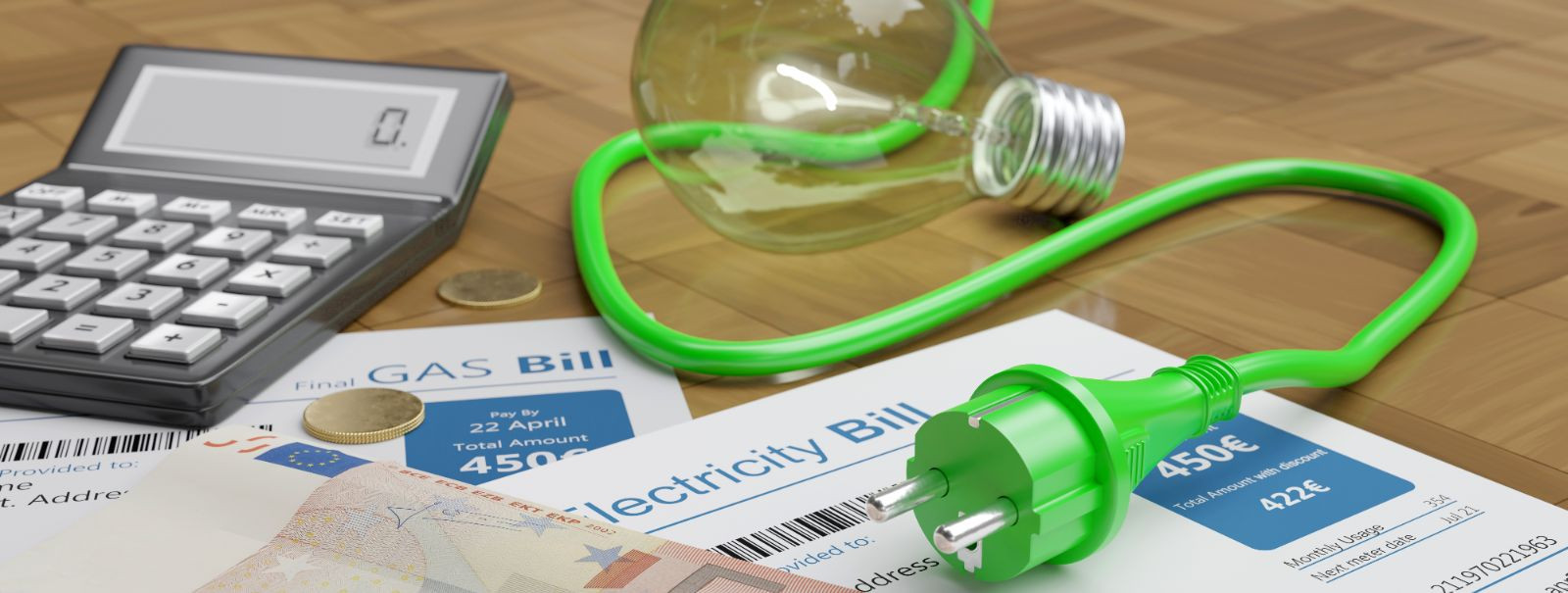How heat pumps can slash your energy bills
A heat pump is a device that transfers heat from one place to another, using a small amount of energy to move heat against its natural direction of flow. This technology can provide both heating and cooling to a space, making it a versatile solution for year-round climate control.
There are several types of heat pumps, including air-source, ground-source, and water-source. Each type has its own set of benefits and is suitable for different applications depending on the local environment and the specific needs of a property.
The Science Behind Heat Pumps
Heat pumps operate on the principle of heat transfer. By using a refrigerant, they absorb heat from a cooler space and release it into a warmer one. This process is reversible, allowing heat pumps to provide heating in the winter and cooling in the summer.
Refrigerants are essential to the heat pump's operation, undergoing phase changes that allow for the absorption and release of heat. Advances in refrigerant technology have made heat pumps more efficient and environmentally friendly.
Cost and Energy Efficiency
While the upfront cost of a heat pump may be higher than traditional heating systems, the long-term energy savings can be substantial. Heat pumps are known for their high efficiency, often resulting in lower energy bills and a quicker return on investment.
When compared to conventional heating systems like furnaces and boilers, heat pumps can offer significant energy savings. They use less energy to produce the same amount of heat, which translates to lower utility bills for homeowners and businesses.
Environmental Impact
Heat pumps are a cleaner, more sustainable option for heating and cooling. By utilizing electricity, they can be powered by renewable energy sources, further reducing the carbon footprint of a home or business.
Integrating heat pumps with solar panels or other forms of renewable energy can create an even more eco-friendly heating and cooling system, aligning with the values of environmentally conscious consumers.
Heat Pumps in Estonia's Climate
Modern heat pumps are designed to perform efficiently even in colder climates like Estonia's. They can extract heat from the air, ground, or water, even when temperatures are low.
The Estonian government offers various incentives and support for the adoption of energy-efficient technologies like heat pumps, making them an attractive option for those looking to upgrade their heating systems.
Maintenance and Longevity
To ensure the longevity and efficiency of a heat pump, regular maintenance is crucial. This includes checking the system's components and cleaning or replacing filters as needed.
With proper maintenance, heat pumps can have a long service life, often outlasting traditional heating systems. This durability adds to the cost-effectiveness of the investment over time.
Choosing the Right Heat Pump for Your Needs
Choosing the right heat pump involves assessing the specific needs of your space, including size, insulation, and climate. A professional can help determine the best type and size of heat pump for your property.
For optimal performance and efficiency, professional installation and services are recommended. Experts can ensure that the heat pump is properly sized, installed, and maintained for maximum benefit.






Comments (0)